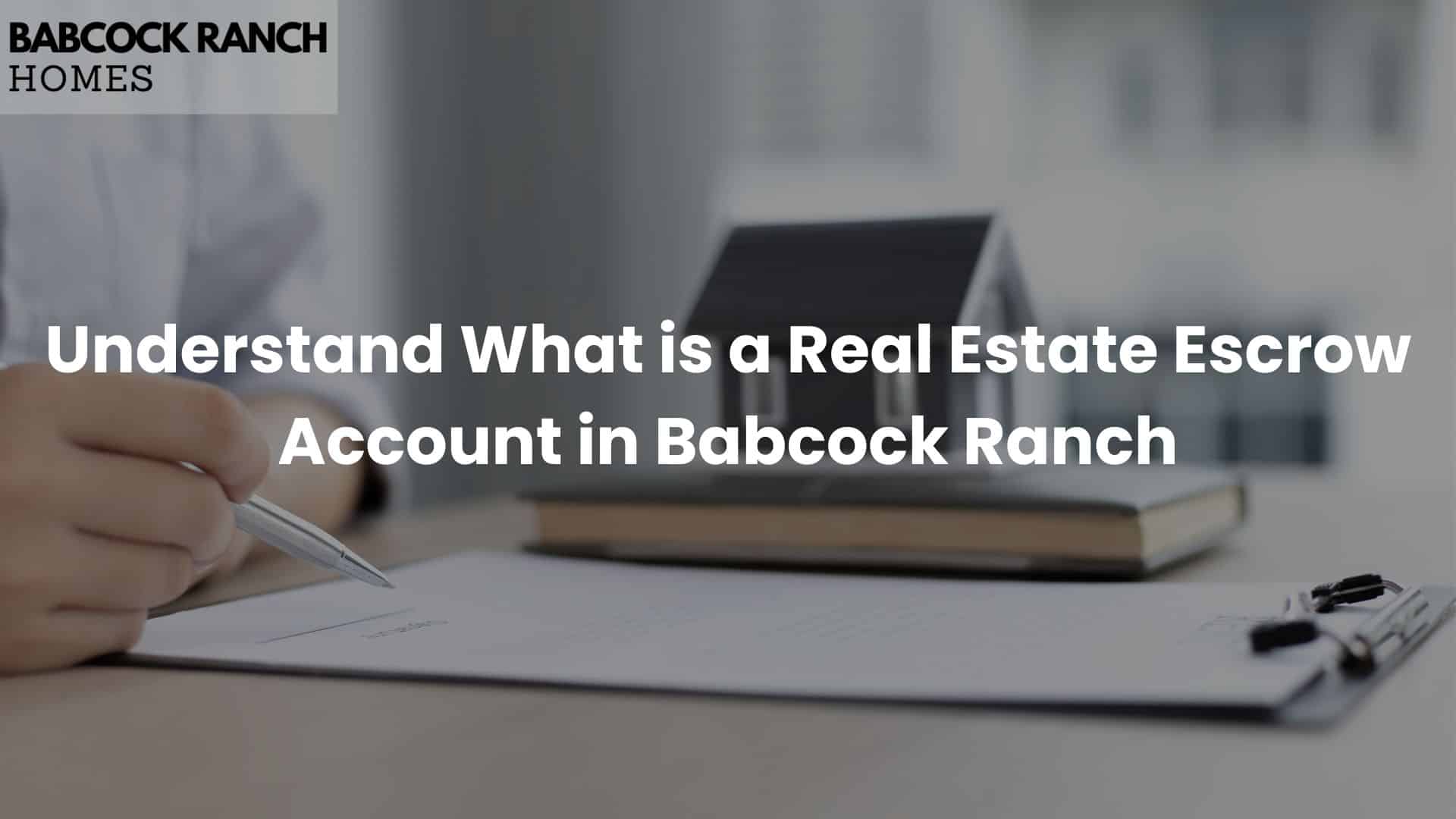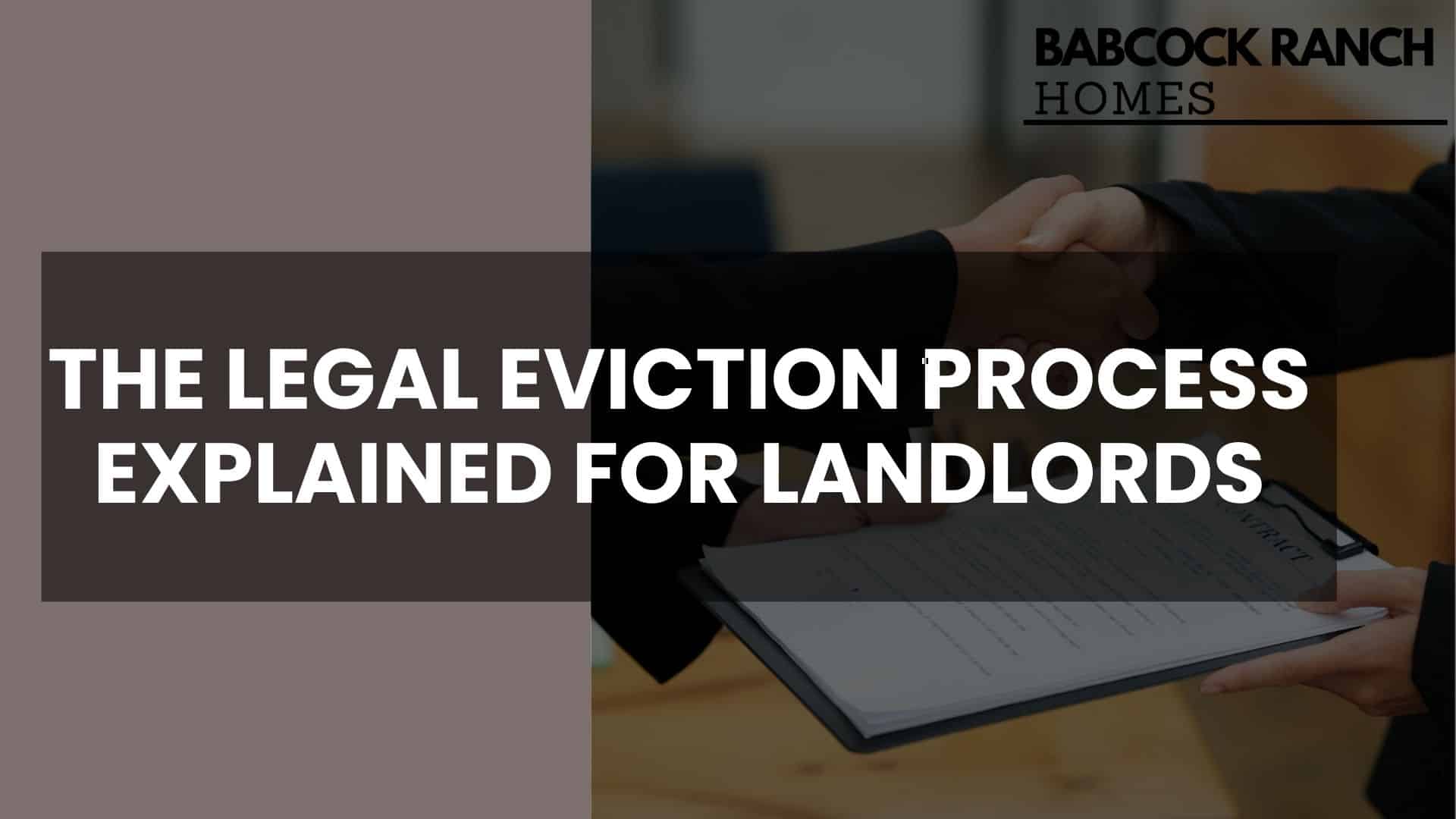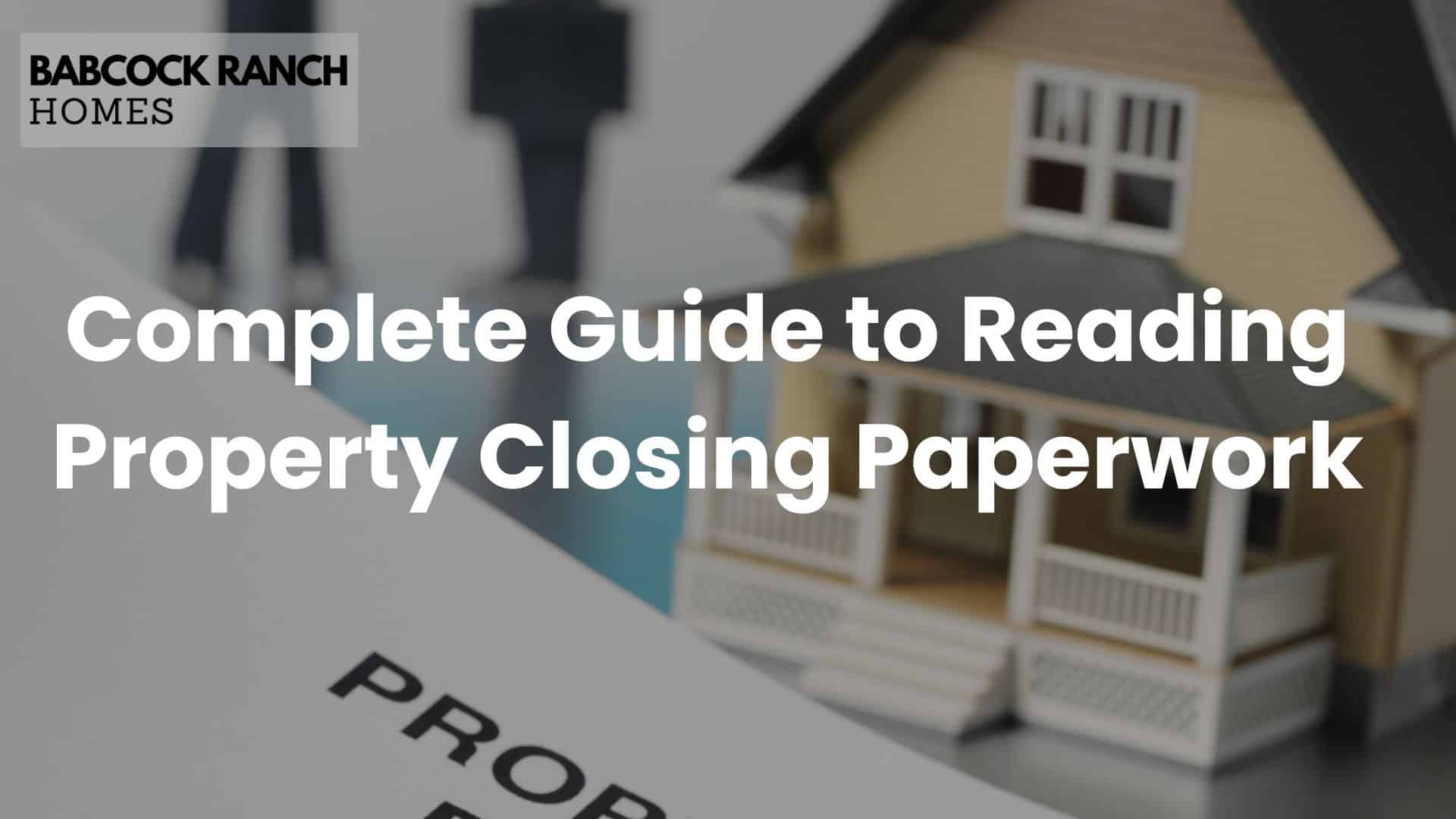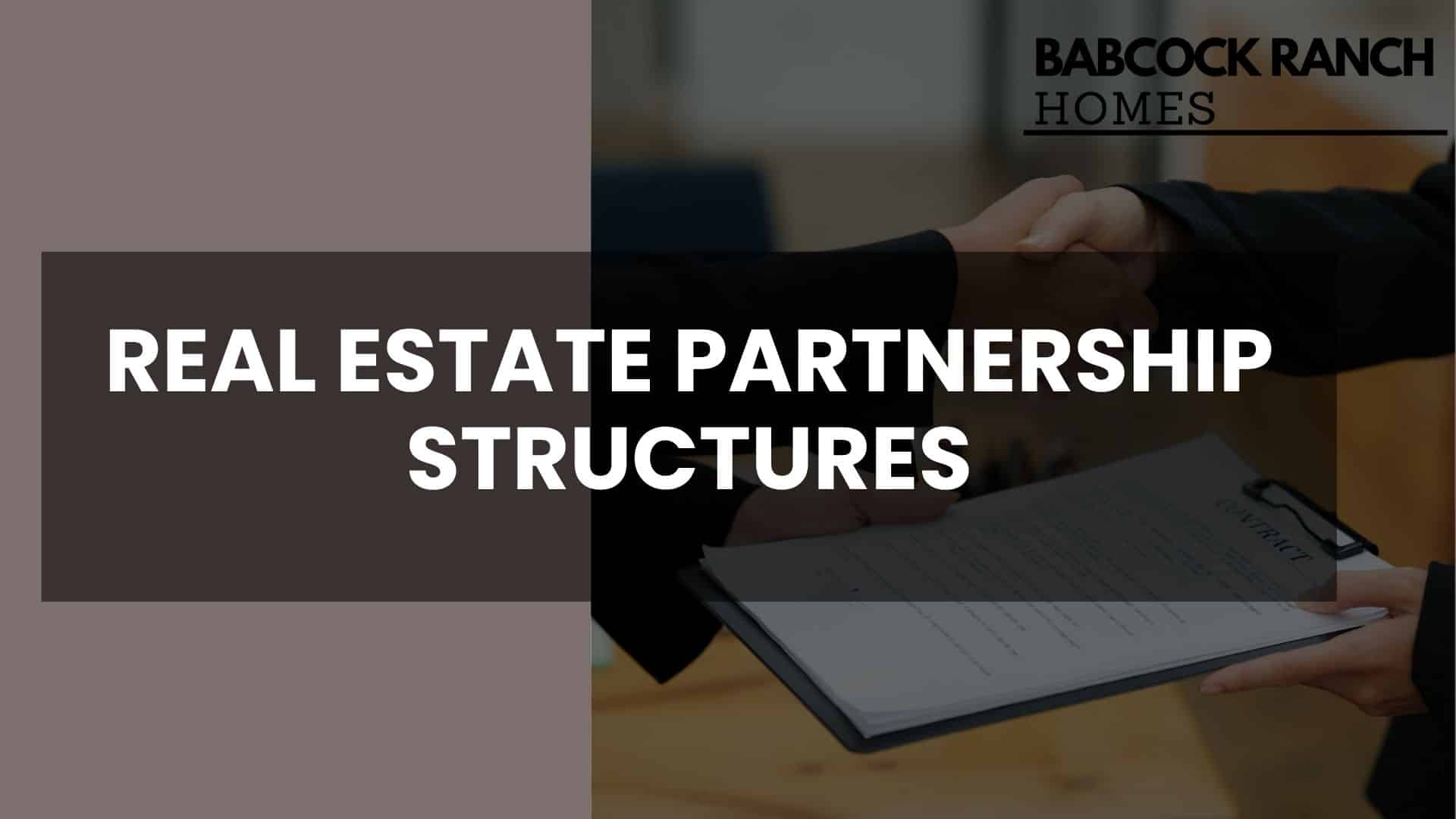
Only 4% of retirement account holders realize their IRA can own apartment buildings, commercial spaces, or undeveloped land. This overlooked strategy lets you build wealth using tax-advantaged funds while diversifying beyond stocks.
Self-directed IRAs open doors to physical assets like residential rentals and retail properties. These accounts follow strict IRS rules but offer unique flexibility. You’ll need a custodian specializing in alternative assets to manage transactions.
Not all properties qualify. Boat slips and raw land are permitted, but personal use is prohibited. Every expense and income must flow through the IRA, requiring careful planning. Legal structures prevent conflicts with retirement account guidelines.
Key Takeaways
- Retirement accounts can hold residential, commercial, and undeveloped land assets
- Specialized custodians manage self-directed IRA property transactions
- IRS rules ban personal use of IRA-owned real estate
- All costs and profits must route through the retirement account
- Diversification potential exists beyond traditional stock portfolios
Introduction to IRA Real Estate Investment
Diversifying your retirement savings with physical property offers stability unseen in volatile stock markets. Unlike traditional paper assets, tangible holdings often perform differently during economic shifts. This creates balance when other investments might struggle.

Benefits of Diversification through Real Estate
Property values tend to rise steadily over decades, matching retirement accounts’ long growth timelines. Since 1990, U.S. commercial real estate has delivered average annual returns of 9.5% – outperforming many stock indices during that period.
Rental income adds another layer of value. Money earned through leases stays protected from taxes while remaining in your IRA. This compound growth effect strengthens your nest egg without immediate tax penalties.
Physical assets provide built-in inflation protection. As living costs increase, property values and rental rates typically follow. This dual advantage helps preserve purchasing power throughout your retirement years.
Three key advantages make estate investment stand out:
- Reduced reliance on Wall Street fluctuations
- Tax-deferred growth of rental profits
- Concrete value that withstands market downturns
These benefits work together to create retirement portfolios less vulnerable to sudden economic changes. Strategic allocation to property helps secure your financial future through multiple growth channels.
Understanding Self-Directed IRAs and Custodian Roles
Self-directed IRAs unlock investment doors most retirement savers never explore. These accounts let you hold physical assets like rental properties or land while maintaining tax benefits. Unlike standard retirement plans, you call the shots on asset selection while specialists handle compliance.
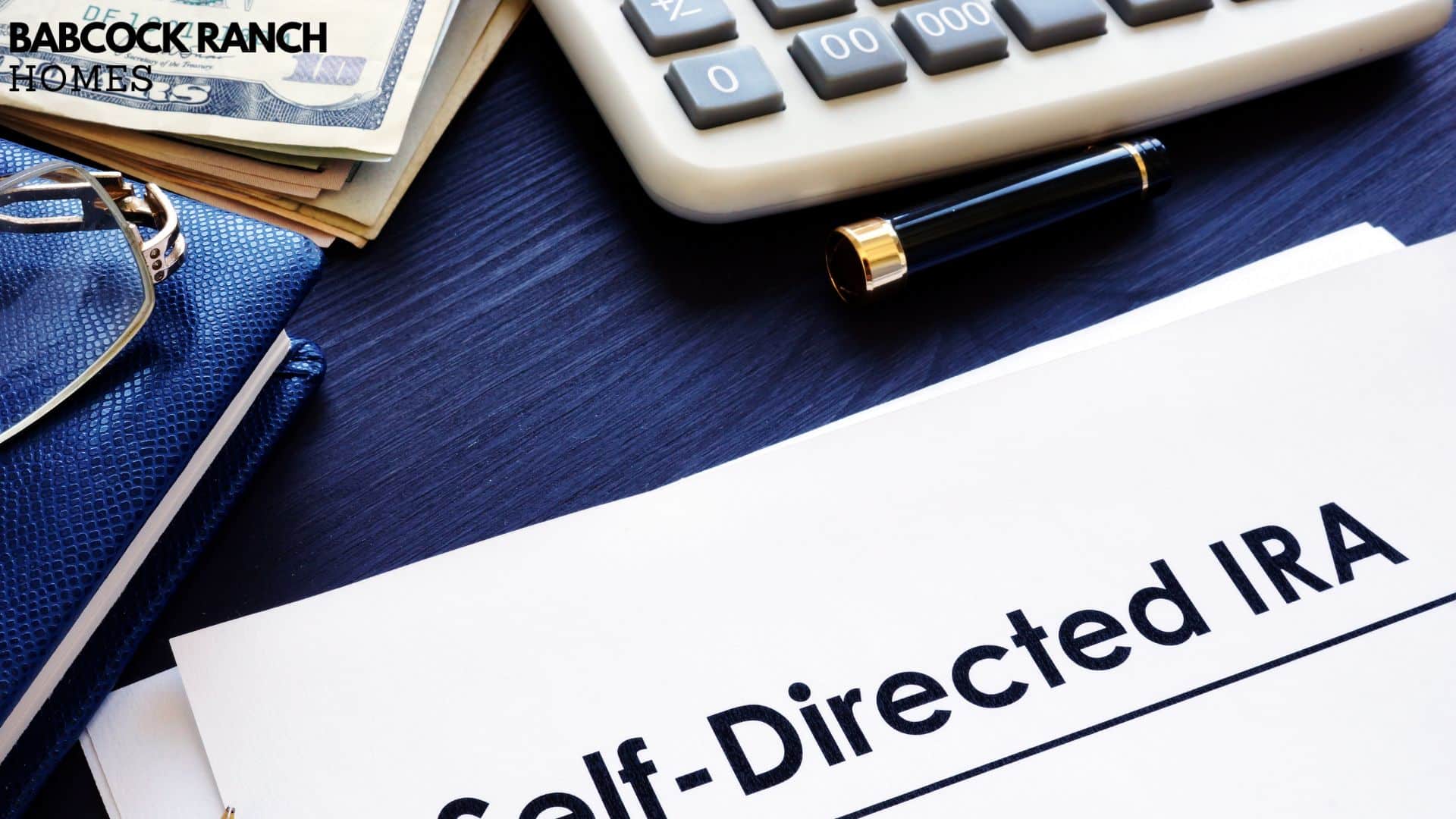
Role of the Custodian in Managing Your IRA
A specialized custodian acts as your administrative partner. They process transactions, file IRS reports, and ensure every action follows retirement account rules. Think of them as your paperwork experts – they execute your decisions but won’t advise on property choices.
Fees vary between providers, typically charging setup costs and annual maintenance. Some bill per transaction. While they manage compliance, you retain full control over investment timing and asset types.
Key Features of a Self-Directed IRA
These accounts differ from traditional IRAs in three critical ways:
- Access to alternative investments like private loans or raw land
- Direct control over asset selection and management
- Strict prohibition against personal use of owned properties
All income from your holdings must flow back into the account. You can’t make repairs yourself or rent the property to family members. This structure keeps investments purely retirement-focused while offering portfolio diversity beyond typical stocks.
How to Buy Real Estate with an IRA
Establishing a self-directed IRA for physical assets involves specific protocols. Proper documentation and funding strategies separate successful transactions from compliance missteps. Let’s explore the foundational requirements.

Account Creation and Funding Essentials
Opening a specialized retirement account takes under 10 minutes through digital platforms. Reputable custodians like Equity Trust or STRATA guide you through electronic applications. Three critical actions follow account approval:
- Transfer existing retirement savings via rollover or direct contribution
- Verify available funds cover purchase costs plus 20% reserves
- Confirm custodian receives complete transfer documentation
Executing Property Transactions Correctly
Your retirement account becomes the legal buyer during acquisitions. All contracts must show ownership as “[Custodian Name] FBO [Your Name] IRA #12345”. Follow this structured approach:
- Submit signed purchase agreement with investment request forms
- Awrite custodian review (typically 3-5 business days)
- Coordinate earnest money release through title companies
Maintain separate payment streams – personal checks void transactions. All expenses flow through custodial accounts using approved methods. Regular communication with your administrator prevents processing delays.
Step-by-Step Purchase Process for IRA Real Estate
Navigating property acquisition through retirement accounts demands precision. Two distinct paths exist: direct purchases and collaborative partnerships. Each approach carries unique requirements for documentation, funding, and legal compliance.
Direct Purchase Versus Partnering Strategies
The direct method uses your self-directed IRA’s cash reserves to secure full ownership. Your custodian handles payments while the account becomes the sole titleholder. This streamlined path avoids complex agreements between multiple parties.
Partnership models combine retirement funds with external resources. You might pool assets with other IRAs or mix personal savings from qualified investors. Ownership stakes align with contribution percentages, requiring detailed partnership contracts.
Three critical steps apply to both strategies:
- Submit purchase contracts through your custodian for approval
- Transfer earnest money via approved escrow channels
- Coordinate title transfers using IRA-specific documentation
Custodians typically complete reviews within five business days. All transactions must clear through retirement accounts – personal checks or direct payments invalidate the process. Proper structuring prevents IRS penalties while maintaining tax advantages.
Partnership agreements need explicit terms for expense sharing and profit distribution. Legal counsel familiar with retirement account rules helps draft compliant contracts. Clear timelines prevent delays during closing procedures.
Evaluating Investment Strategies for Property in an IRA
Choosing the right strategy for retirement account property investments requires balancing control and compliance. Two proven approaches offer distinct advantages: unleveraged purchases and debt-enhanced acquisitions. Each method impacts cash flow, risk exposure, and long-term growth potential differently.
Leveraging Non-Recourse Loans and LLC Structures
Non-recourse financing lets your retirement account borrow funds without personal liability. Lenders can only claim the mortgaged property if payments stop – your other assets stay protected. This strategy amplifies purchasing power while maintaining IRS compliance.
Consider these key elements when using loans:
- Interest rates typically run 1-2% higher than conventional mortgages
- Loan-to-value ratios often cap at 60-70% for retirement accounts
- All payments must come from IRA funds, not personal accounts
LLC structures add another layer of flexibility. Creating a single-member LLC owned by your IRA grants checkbook control over transactions. You avoid custodian delays for routine expenses while keeping tax advantages intact. Initial setup costs include legal fees and state filing requirements.
Comparing Cash Purchases with Alternative Financing Models
Full-cash transactions eliminate loan costs and simplify ownership. Your IRA becomes the outright property owner with no debt obligations. This approach works well for stable assets generating consistent rental income.
Financed purchases create different opportunities:
- Leverage multiplies potential returns through property appreciation
- Tax-deductible interest expenses reduce taxable rental income
- Higher cash reserves remain available for other investments
Evaluate your risk tolerance and growth timeline when selecting strategies. Cash purchases suit conservative investors, while leveraged models appeal to those comfortable with calculated risks. Always consult professionals to ensure alignment with retirement goals.
Complying with Rules and IRS Regulations for IRA Investments
Retirement account property holdings operate within a strict regulatory framework. Violations trigger severe penalties, including full account disqualification. Knowing these guardrails protects your nest egg from unintended tax bombs.
Understanding Prohibited Transactions and Disqualifications
The IRS bans dealings with “disqualified persons.” This group includes:
- Your spouse, parents, children, and grandchildren
- Service providers managing your retirement account
- Businesses where disqualified parties own 50%+ stakes
You can’t sell personal property to your IRA or rent assets to family. Even indirect benefits like vacation stays in IRA-owned cabins violate rules. All income must flow back into the account – never to personal accounts.
Staying Within IRS Contribution and Ownership Limits
For 2025, annual additions cap at $7,000 ($8,000 if 50+). These limits apply across all IRAs you own. Exceeding them triggers 6% annual penalties until corrected.
Ownership rules demand complete separation. You can’t live in or use IRA-purchased properties. Maintenance requires hiring third parties – no DIY repairs allowed. Document every expense and income stream to prove compliance during audits.
Tax Implications and Risks of IRA Real Estate Investments
Many investors overlook critical tax differences when holding property in retirement accounts. Unlike personal ownership, your IRA can’t claim deductions for mortgage interest or property taxes. Depreciation benefits also vanish since the account owns the asset – not you.
Rental earnings face strict handling rules. Every dollar from tenants must stay in the retirement account until distribution age. Withdrawing funds early triggers income taxes plus 10% penalties, making cash flow management essential.
Avoiding Penalties and Overcontribution Issues
Traditional and Roth accounts handle growth differently. Tax-deferred gains work for traditional IRAs, while Roth versions offer tax-free withdrawals. Both share one rule: all property costs must come from account funds.
- Roof replacements or plumbing repairs require IRA cash reserves
- Personal payments for maintenance violate IRS guidelines
- Overfunding your account to cover unexpected costs incurs 6% annual fines
Smart investors keep 20-30% of their account value liquid. This buffer handles vacancies or major repairs without risking overcontributions. Annual contribution limits ($7,000 in 2025) make replenishing drained accounts impossible mid-crisis.
Partnering with tax professionals helps navigate these complexities. They ensure compliance while maximizing your retirement savings’ growth potential within legal boundaries.
Financing and Leveraging Options for Real Estate within an IRA
Funding property acquisitions through retirement accounts requires strategic financial planning. Non-recourse loans let your portfolio grow without personal liability, though interest rates run higher than conventional mortgages. These specialized loans only secure the purchased asset, keeping other investments protected.
Cash purchases simplify ownership but limit immediate diversification. Your account becomes the outright owner, avoiding loan fees while requiring full upfront payment. This approach works best for stable income-generating assets with predictable returns.
Leveraged strategies amplify growth potential through controlled risk. Partnering with other retirement accounts or investors expands purchasing power while sharing expenses. Custodians ensure all transactions follow IRS guidelines, maintaining tax advantages.
Always maintain sufficient liquidity for unexpected costs. Work with professionals to balance growth objectives with compliance requirements. Proper structuring preserves your nest egg’s integrity while exploring alternative investment paths.






